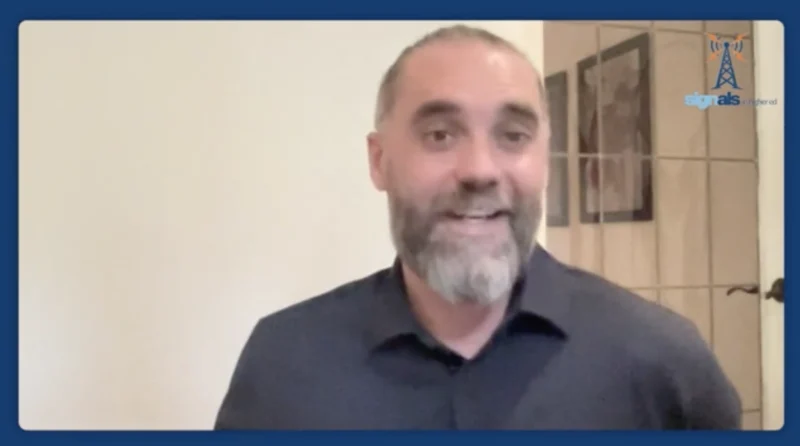10 Best Practices for Effective Online Learning
Switching from teaching in-person to teaching online presents both unique challenges and opportunities. Relay Graduate School of Education runs an online campus alongside in-person campuses and came up with 10 practical tips from their veteran online faculty to support those making the switch to the online environment for live online learning instruction.
1. Prepare links to your materials and share with your students in advance. This ensures students have what they need and can revisit resources later if needed. Also, this step can preempt any challenges that would otherwise come up during class.
2. Utilize a small group feature to get folks talking and engaging during class. As the facilitator, you can pop into different groups–just like walking around your classroom–to join in.
3. Use technology to see and respond to student thinking (through polls, chatbox, etc). There are many options out there for this type of prompting and you don’t need to be an expert in all of them. Find the tools that work for your class!
4. Pre-plan complex directions in advance and provide them verbally and in writing. When possible, model multi-step tasks via screen share. Before releasing students to work, check for understanding by asking them to roll back the directions.
5. Establish a norm for how participants should ask questions and participate. While others are working, a chat might be the best to alert the instructor without interrupting others. During other moments, students might raise hands or unmute themselves.
6. Include community building time. While we’re accustomed to class time being focused on curriculum, in a virtual setting, we must create intentional opportunities for students to bond.
7. Prepare to troubleshoot technology snafus through a pre-written list of solutions to chat to students who are struggling (e.g., to connect to audio or video). Also, consider recording lessons or finding another alternative like self-paced learning for those who cannot join live.
8. Empathize with students’ everyday domestic needs (e.g. family, pets, meals) and demonstrate humility for being invited into their homes. This is a unique time for all of us. We must set classroom expectations but also show compassion.
9. Learn about the type of tech access and bandwidth your students have. Then, test your approach by doing things like logging on with the devices you know students will be using or ensuring what you’re doing will not exceed students’ bandwidth.
10. Sign in 15 minutes early and encourage students to do so, too, in order to test their technology. This can also be a time for friendly chit chat and community building.
Remember, it’s ok to be on a learning curve. As the instructor, you set the tone. If you bring a sense of optimism despite the bumps that may be ahead, your students will follow and learning outcomes will be stronger.
You can create an engaging and supportive environment by learning and collaborating with your students as you go. If you’d like additional support, check out some self-paced resources here.
Follow us on social media for the latest updates in B2B!
Twitter – @MarketScale
Facebook – facebook.com/marketscale
LinkedIn – linkedin.com/company/marketscale








